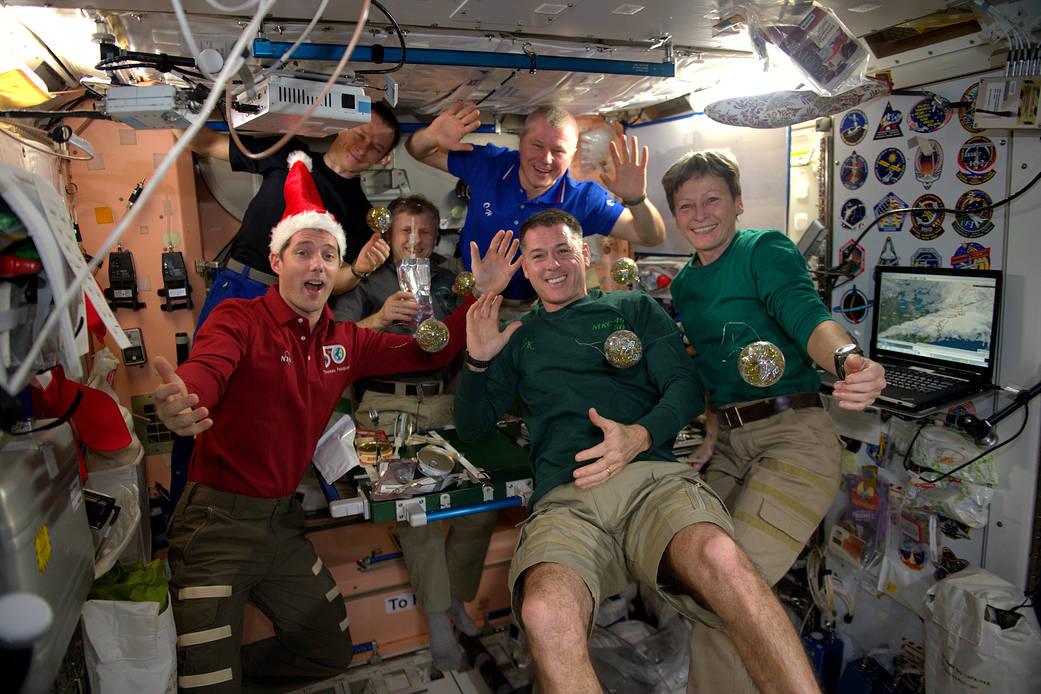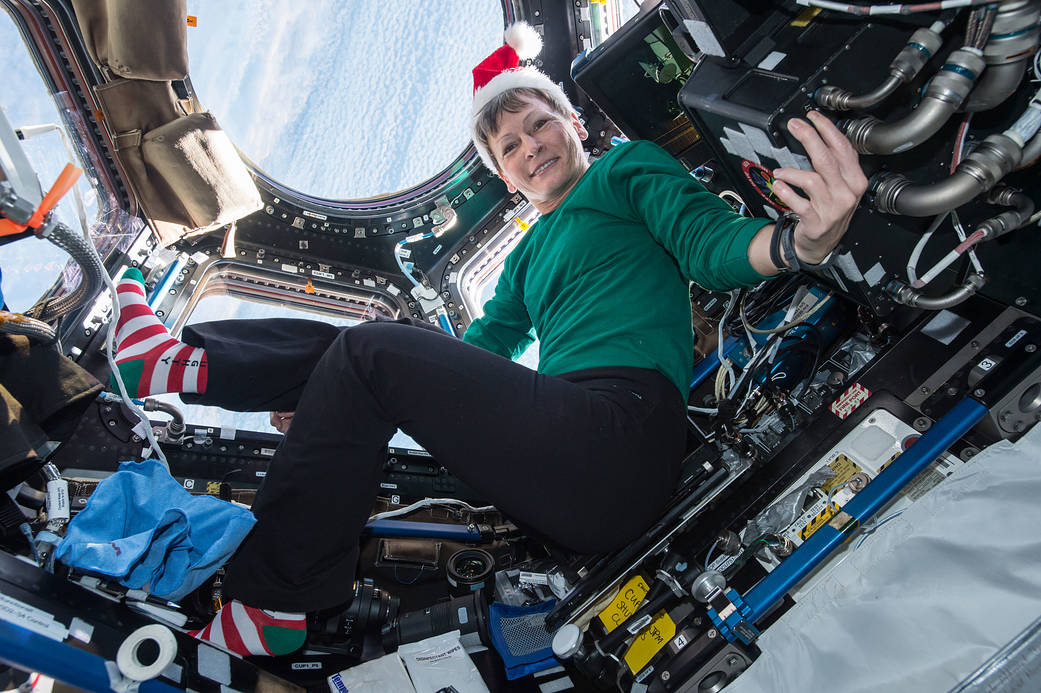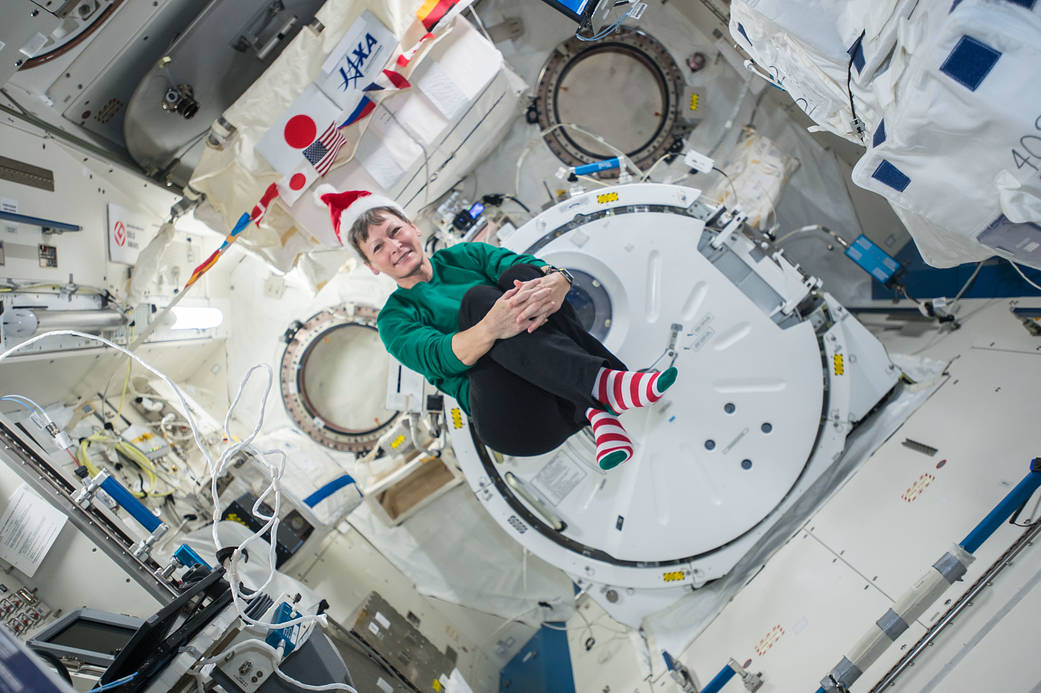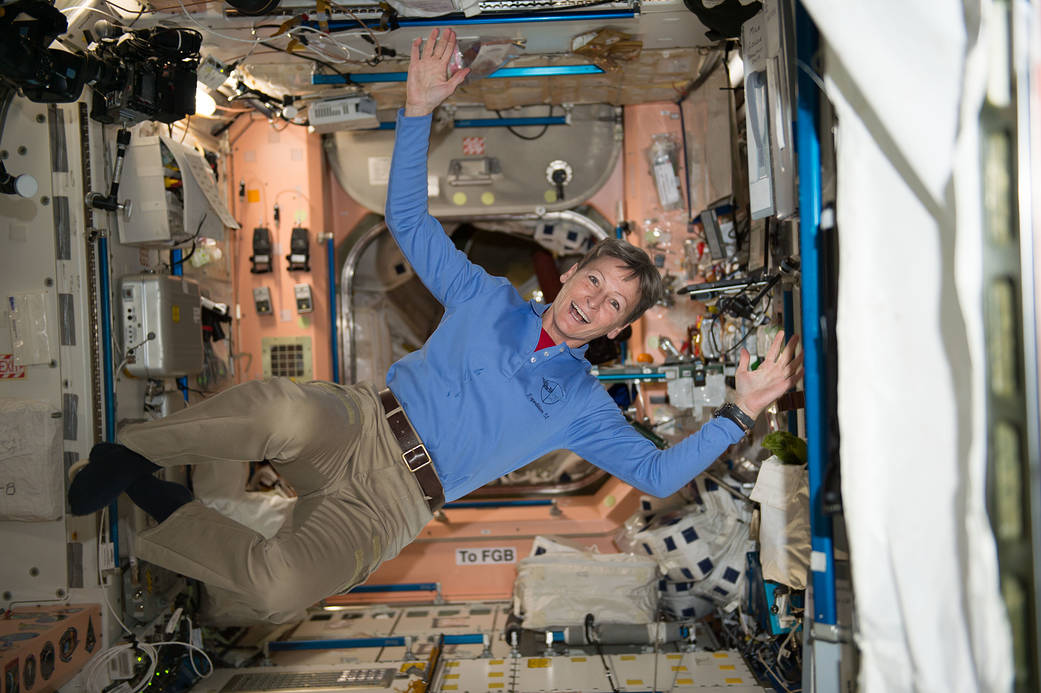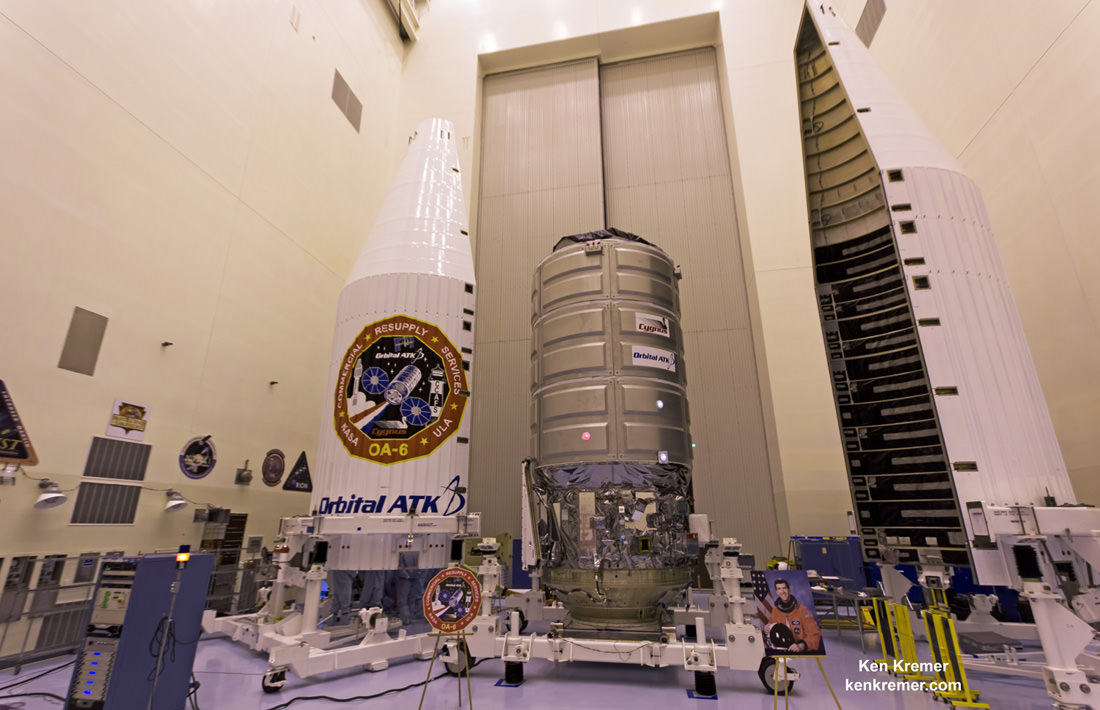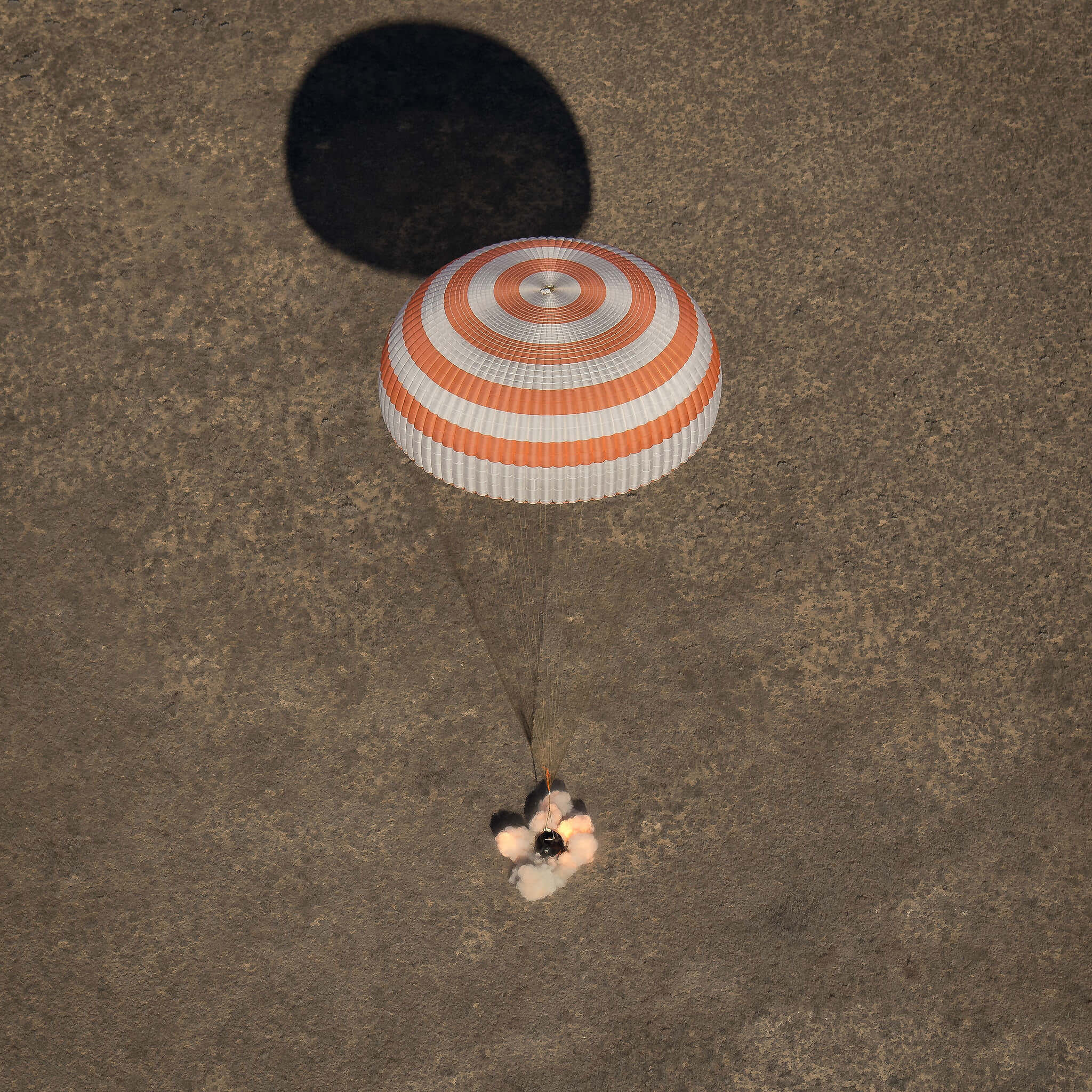
Comings and goings continue apace on the International Space Station! After living and working fruitfully for six months in space aboard the ISS, an international trio of astronauts and cosmonauts including NASA’s Shane Kimbrough departed the orbiting lab complex aboard their Soyuz capsule and plummeted back safely through the Earth’s atmosphere to a soft touchdown in Kazahkstan on Monday- as NASA meanwhile targets liftoff of the next US resupply ship a week from today.
These are busy times indeed with regular flights to low Earth orbit and back to maintain and enhance the scientific research aboard the multinationally built and funded million pound orbiting outpost.
ISS Expedition 50 came to a glorious end for Commander Shane Kimbrough of NASA and Flight Engineers Sergey Ryzhikov and Andrey Borisenko of the Russian space agency Roscosmos as they returned to Earth Monday, April 10 in Kazakhstan aboard their Soyuz spacecraft after spending 173 days aloft in the weightless environment of space.
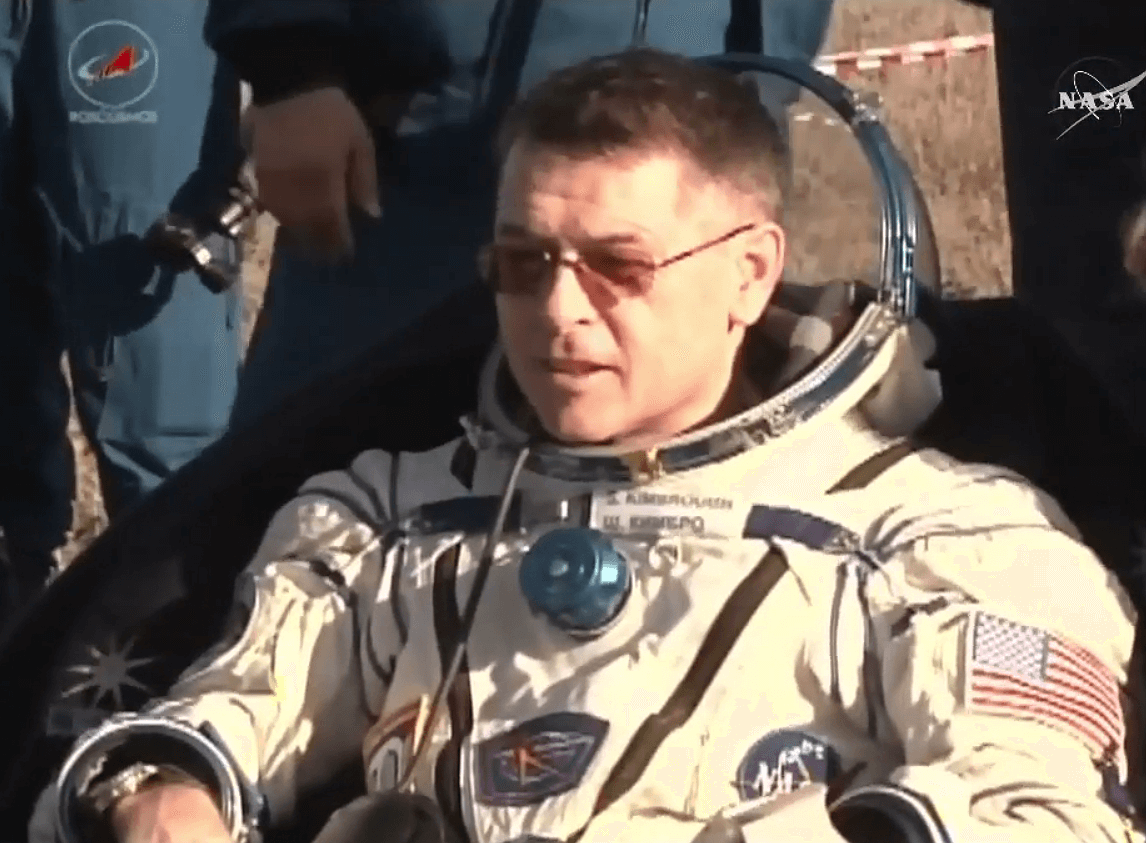
The Russian Soyuz MS-02 capsule touched down safely by making a parachute assisted landing in Kazakhstan at approximately 7:20 a.m. EDT (5:20 p.m. Kazakhstan time).
The three person crew comprising Kimbrough, Ryzhikov and Andrey Borisenko landed southeast of the remote town of Dzhezkazgan in Kazakhstan.
Meanwhile as the trio were landing, NASA is targeting launch of the next commercial cargo ship for blastoff on April 18 with more than three tons of science and supplies to stock the station for the Expedition 51 crew.
Christened the ‘S.S. John Glenn’ to honor legendary NASA astronaut John Glenn – the first American to orbit the Earth back in February 1962 – the next Orbital ATK Cygnus cargo ship heading to the space station will launch on a United Launch Alliance Atlas V rocket from Space Launch Complex 41 at Cape Canaveral Air Force Station in Florida.
Liftoff of the S.S. John Glenn from NASA commercial cargo provider Orbital ATK on their seventh commercial resupply services mission to the ISS is slated for 11 a.m. EDT Tuesday, April 18.
John Glenn was selected as one of NASA’s original seven Mercury astronauts chosen at the dawn of the space age in 1959. He recently passed away on December 8, 2016 at age 95.

During their time in orbit, the Expedition 50 crew members contributed to hundreds of experiments in biology, biotechnology, physical science and Earth science aboard the world-class orbiting laboratory.
“For example, the Microgravity Expanded Stem Cells investigation had crew members observe cell growth and other characteristics in microgravity. Results from this investigation could lead to the treatment of diseases and injury in space, and provide a way to improve stem cell production for medical therapies on Earth,” said NASA.
“The Tissue Regeneration-Bone Defect study, a U.S. National Laboratory investigation sponsored by the Center for the Advancement of Science in Space (CASIS) and the U.S. Army Medical Research and Materiel Command, studied what prevents vertebrates, such as rodents and humans, from regenerating lost bone and tissue, and how microgravity conditions impact the process. Results will provide a new understanding of the biological reasons behind a human’s inability to regrow a lost limb at the wound site, and could lead to new treatment options for the more than 30 percent of the patient population who do not respond to current options for chronic, non-healing wounds.”
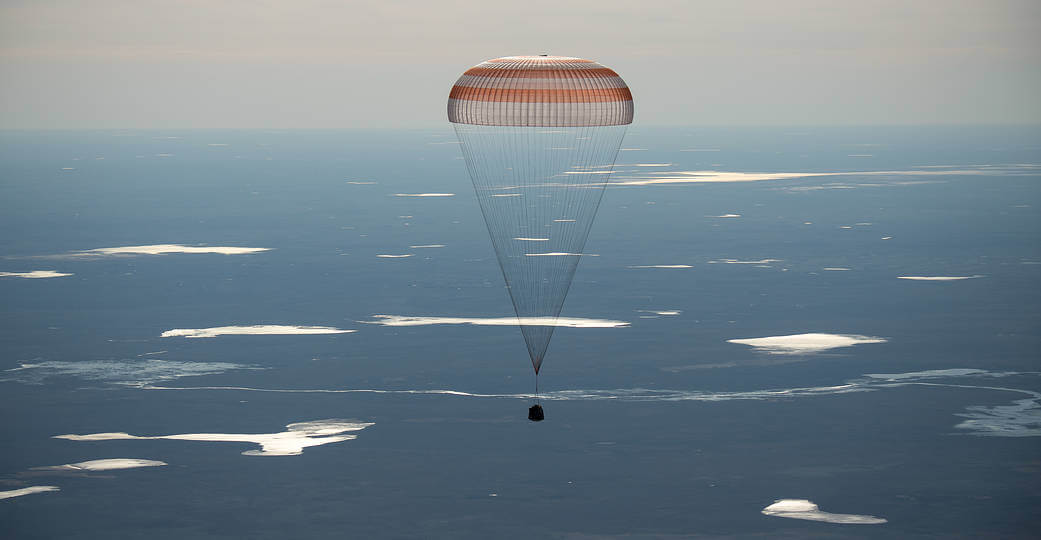
Kimbrough, Ryzhikov and Andrey Borisenko served as members of the Expedition 49 and 50 crews onboard the International Space Station during their 173 days in orbit.
During two flights Kimbrough has now amassed 189 days in space. During his two flights Borisenko now totals 337 days in space. Rookie Ryzhikov logged 173 days in space.
They leave behind another trio of crewmates who will continue as Expedition 51; namely NASA astronaut and new station commander Peggy Whitson, Oleg Novitskiy of Roscosmos and Thomas Pesquet of ESA (European Space Agency).
The next manned Soyuz launch will carry just two crewmembers. Due to Russian funding cutbacks only 1 cosmonaut will launch. The crew comprises Jack Fischer of NASA and Fyodor Yurchikhin of Roscosmos. They are scheduled to launch Thursday, April 20 from Baikonur, Kazakhstan.
Stay tuned here for Ken’s continuing Earth and Planetary science and human spaceflight news.

